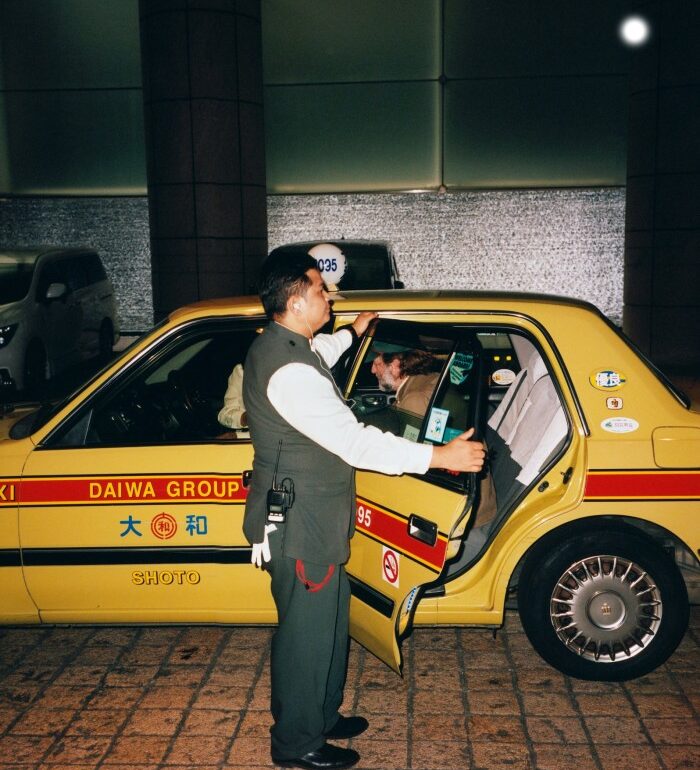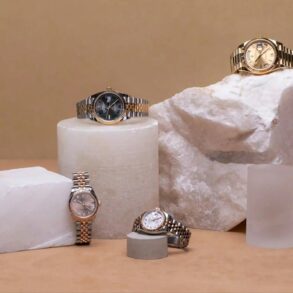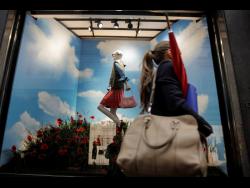Not all jet lag is created equal. The best jet lag, in my experience, takes place in Tokyo. Unable to sleep, you rise early – and I mean early – whether you want to or not. But don’t despair; you look out over the city at 4am and watch the sun come up over a sea of buildings as the day turns to colour. You might visit the soaking pool at the Mandarin Oriental when it opens at 6am sharp; this has a great view too. Then head back to your room for a Japanese breakfast – which includes baked fish, miso soup, rice and green tea – a terrific meal that feels indulgent yet virtuous.
Now, you’ve already done a lot, but there’s so much more to do. This is Tokyo. Tokyo! City of action and contrasts, of intensity and crowds, of modernity and design. I lived here when I graduated from college in ancient times and, like many people, I fell in love. I still try to return most years, and I’d like to say that this makes me an expert; but Tokyo is constantly evolving. There are new restaurants, new stores, new trends. Often this is for the best, sometimes (as in the destruction of the classic midcentury lobby in the Hotel Okura), for the worse. But it’s a thrill trying to keep up; Tokyo is exhilarating even when it’s overwhelming.
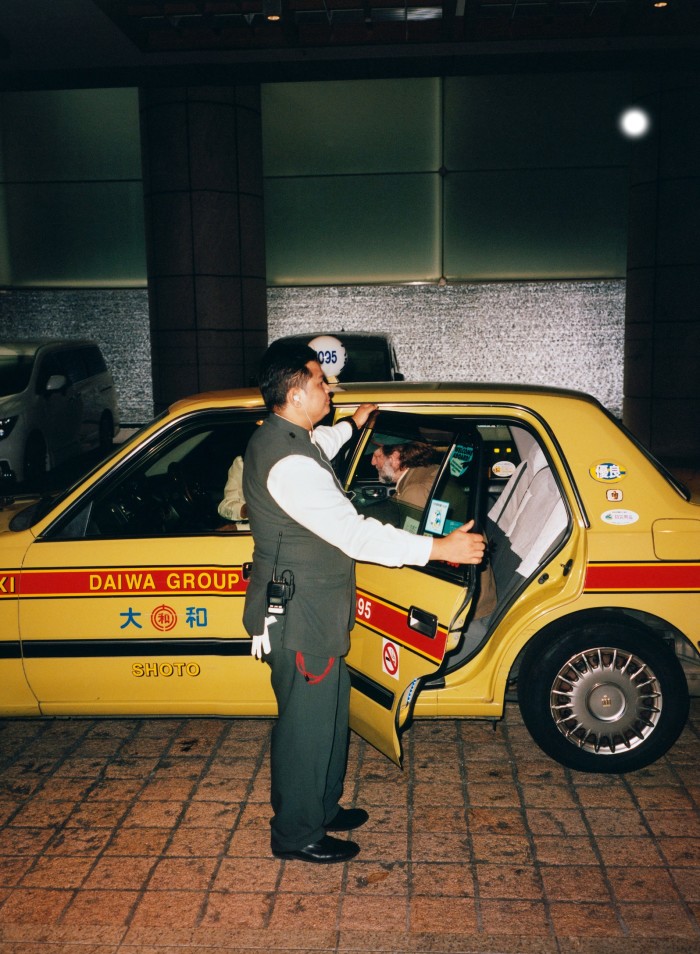
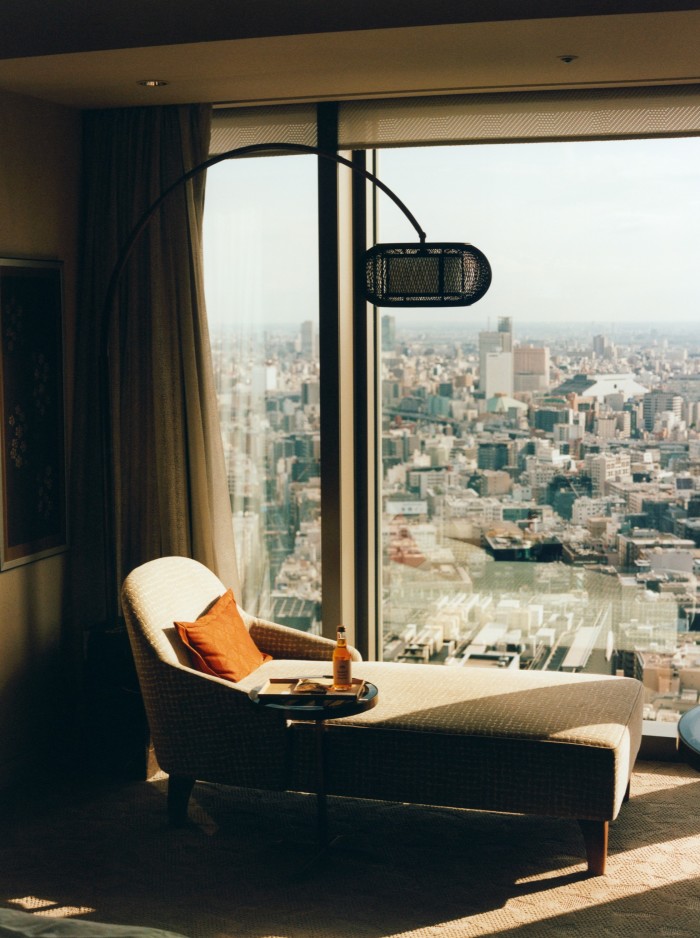



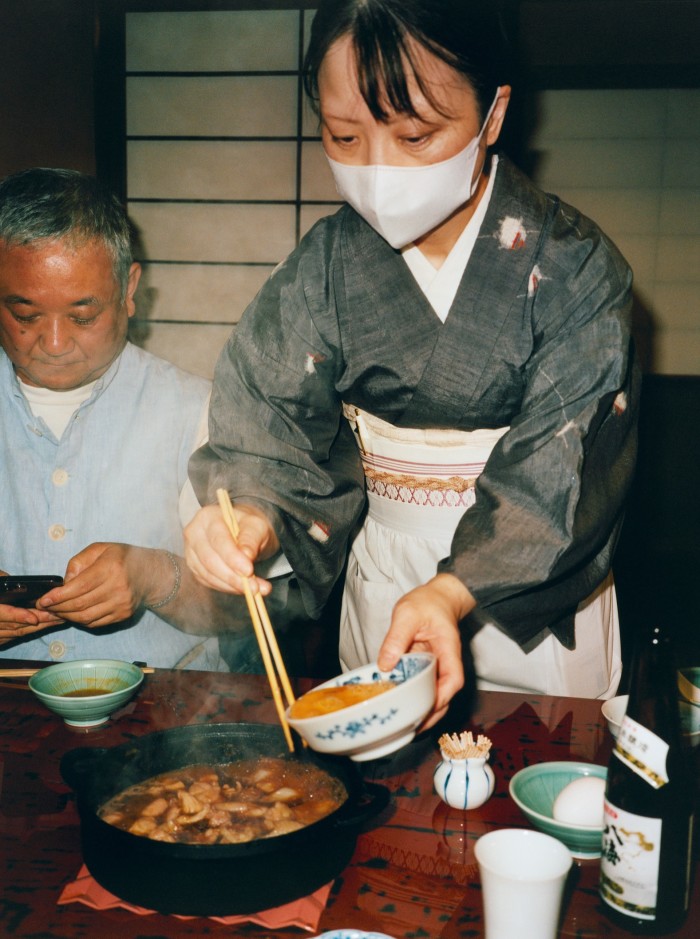



In Tokyo if something looks good, it is good. Street food, vintage stores, tea houses, ramen shops (as they call them here): all are expertly carried out. There is honour in good soba in a train station. You can get a quality onigiri, or rice ball, in a 7-Eleven. Conversely, do not be put off by a name that seems like a pun or is possibly misspelled. You will drink well in Benfiddich, a bar presumably related to his sibling, Glen.
If you try to impose order on Tokyo you might want to think again. You simply can’t judge a restaurant or store based on its location; no place is too unexpected to be brilliant. Get used to thinking you’re in the wrong spot. You may be in a fluorescent-lit office building basement, or 30 floors up, but open the door and you’re transported to a different world: a wood-lined room with tatami mats, a welcome from an elegant woman in a kimono. That’s the thrill of being here.
During a few days in Tokyo you’ll find some obscure favourites, but you still want to visit the classics. A good place to start the day is Isetan, the legendary department store. Take the escalator downstairs into the wild and wonderful food hall (most Japanese department stores sell food on the lower level). There are rows of kiosks, their employees in charming uniforms, which offer immaculate boxes of chocolate and inviting cakes; people line up for bread as it comes out of the oven. There are bento boxes of prepared food – gyoza, sushi, sashimi. You can buy suspiciously perfect strawberries or rarefied soy sauce, serious Japanese whisky or pristine tofu. There’s a fishmonger, a butcher, rows of saké bottles and many fancy ladies. And it’s all one floor below designer handbags. Visit the home-goods floor for ceramics, teapots, chopsticks, lacquer bowls and an endless selection of gifts that they’ll wrap exquisitely for your friends.




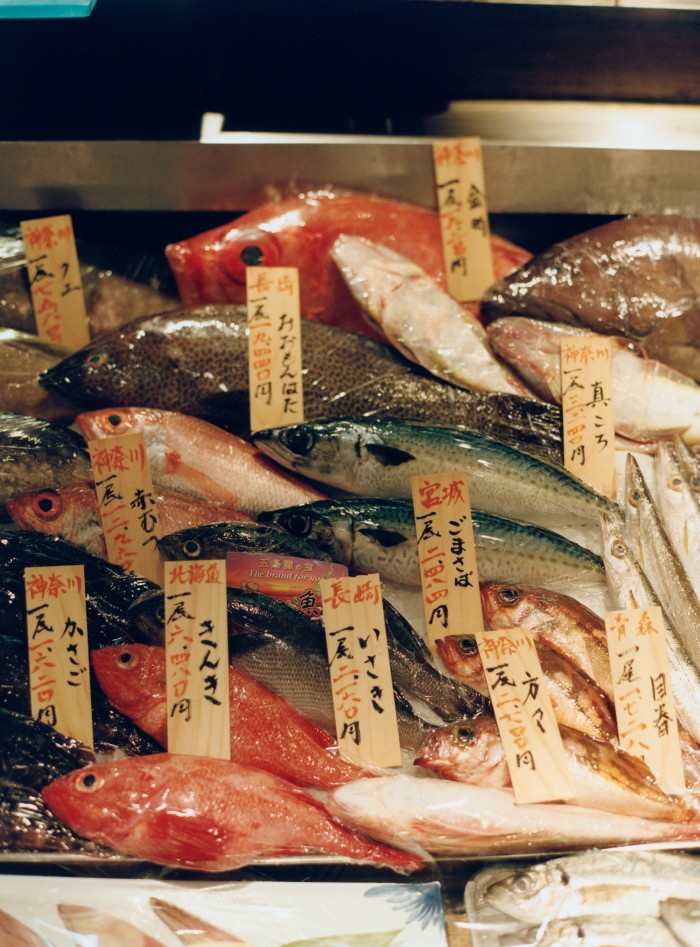



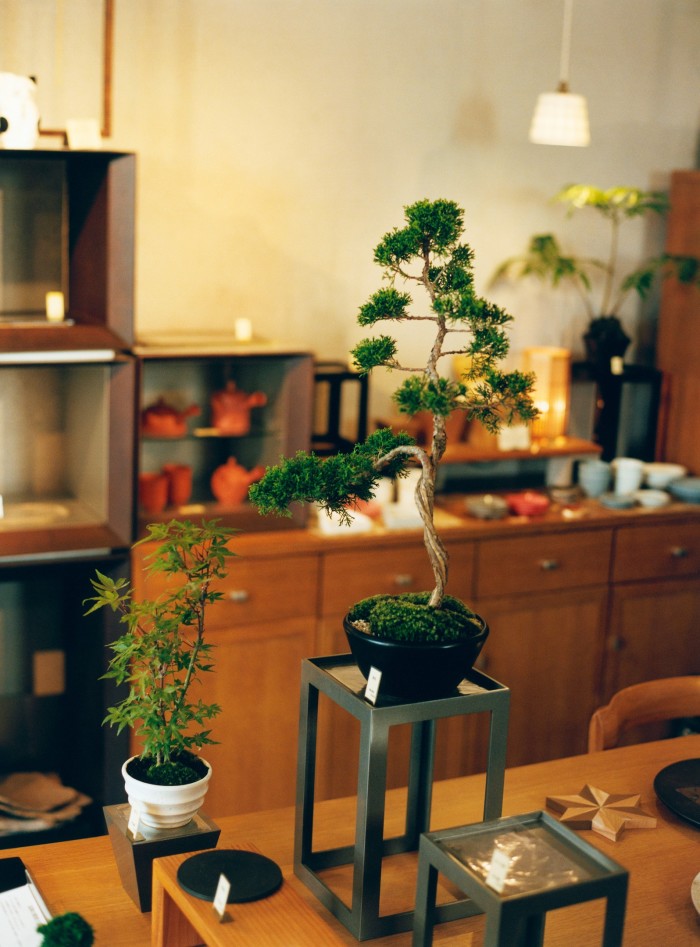



It’s also worth a pilgrimage to Daikanyama T-Site, a remarkable bookshop that will make you calculate how much space you have left in your bag. At the least buy the latest copy of Casa Brutus, or any of the wonderful magazines you can’t get back home. The elegant Café Anjin upstairs is lined with painted panels and bound collections of old magazines, in case you need every issue of The World of Interiors from the 1980s.
Around the corner is Okura, an inspiring clothing store in a lovely old building. They sell a mix of new and traditional clothes and random yet charming objects. You might find a perfect canvas bag, old jewellery or indigo-dyed T-shirts for children. There’s a real sense of discovery, and somehow it all makes sense.
Down the hill is Nakameguro, an intimate part of town where you can walk on quiet streets along the canals (it’s less quiet, but even more lovely, in spring during cherry-blossom season). Here you’ll find small stores, airy cafés and the excellent Cow Books. You’ll also cross paths with an increasing number of dog groomers who shape toy dogs with the precision of bonsai trees in a series of silent comic performances, which you can observe through the windows.
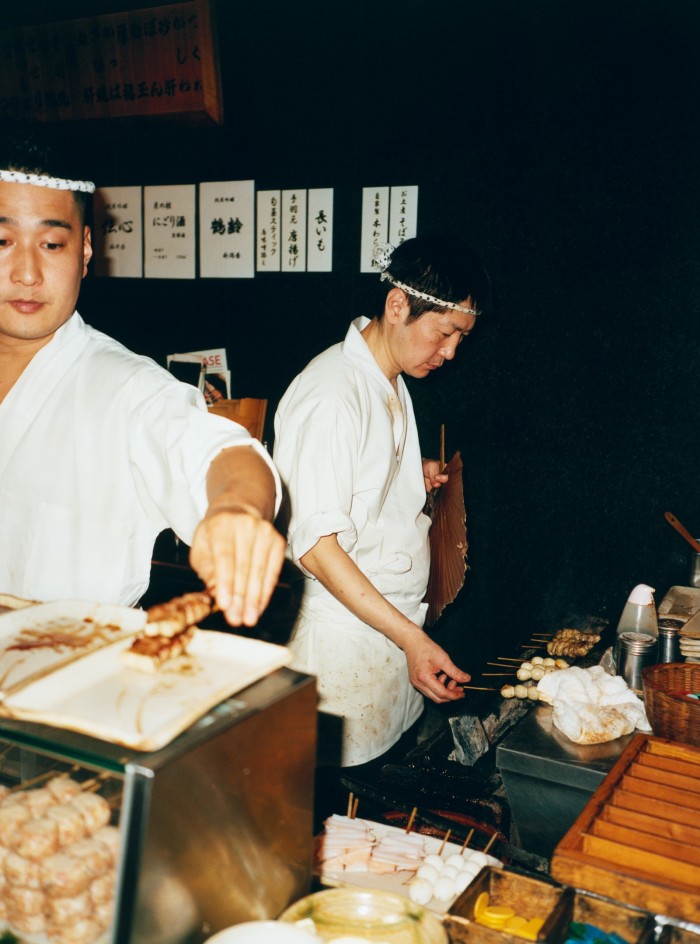



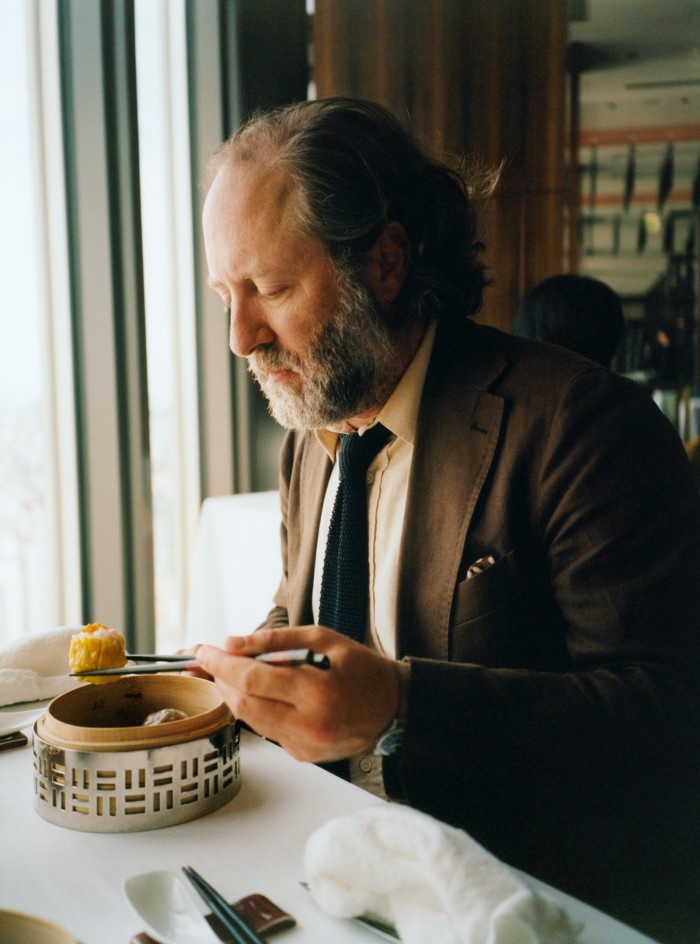



In Tokyo there are too many great places to eat to limit yourself to three meals a day. This is a city of specialists – restaurants that prepare one food, sometimes only one way. At Maisen, an institution in Aoyama, the lively shopping district, you order tonkastu, fried pork cutlet served with brown sauce that’s just sweet enough. Have a draught beer, and you can’t believe you lived so long without it.
For terrific yakitori try Toriyoshi Ginza. The chefs, each in his own distinctive headband, are meticulous, and they keep old-fashioned fans in their waistbands in case the fire gets too hot. You watch your dinner – skewers with different parts of a chicken – prepared in front of you, and keep ordering as you go along. Tsukune, a chicken meatball, is a favourite; but fear not the chicken skin. Vegetarians can enjoy shiitake mushrooms, shishito peppers, sweet aubergine and quail’s eggs, all straight from the grill, with just enough salt to make you order another beer.
Tokyo address book
Bar Benfiddich 1 Chome-13-7 Nishishinjuku, Shinjuku, +813‑6258 0309
Beams F 3 Chome-32-6 Shinjuku, Shinjuku, +813-5368 7305
Botan 1-15 Kanda-Sudacho, Chiyoda-ku, +813-3251 0577
Cow Books 1 Chome−14−11 Aobadai, Meguro-ku
Daikanyama T-Site 16-15 Sarugakucho, Shibuyaku, +813-3770 7555
Grandfather’s 1 Chome-24-7 Shibuya, Shibuyaku, +813-3407 9505
Isetan 3 Chome-14-1 Shinjuku, +813-3352 1111
JBA Bar Suzuki 5 Chome-4-15 Ginza, Chuo-ku,
+813-3572 0546
Maisen (Aoyama) 4-8-5 Jingumae, Shibuyaku, +8150-3188 5802
Mandarin Oriental Tokyo
2 Chome-1-1 Nihonbashimuromachi, Chuo-ku
Nezu Museum 6 Chome-5-1 Minamiaoyama, Minatoku, +813-3400 2536
Okura 20-11 Sarugakucho, Shibuya-ku
Sartoria Ciccio 5-4-43 Minami Aoyama, Minato-ku
Sumatra Curry Kyoeido Sun Building B1, 1-6 Kanda Jimbocho, Chiyoda-ku, +813-3291 1475
Yakitori Toriyoshi (Ginza) 7-2 Ginza, Chuo-ku
Yohei Fukuda 2F, 2-12-27 Kitaaoyama, Minatoku
Parts of Tokyo are still that rare word: foreign. Have you had natto, a fermented soybean dish? If you haven’t, it may be too late to be swayed; it’s an extremely acquired taste with a pungent odour to boot. And there are some things, it must be said, that are for very few palates. The hairy clam (ahem) I had at a sushi restaurant is not something I would recommend to friend or foe. But these moments, when you realise the limits of your own taste, are a good thing. You’re reminded how big the world is.
If you’re afraid of opening your mind then you’ll never get everything that Tokyo can offer. You start with tempura, which always tastes better in Japan. The next thing you know you’re dreaming of unadon (eel baked over coals and served over rice in a bento box), which you can get at the straightforward and excellent Unatetsu in Shinjuku. It’s an absolute delight.
The Japanese are known for taking an article of clothing, like jeans or parkas or workwear, and obsessively improving upon the original (North Face Japan, overseen by the Goldwin group, is excellent). That is also true with food: coffee (they are kings of the pour-over), French pastries (the café culture in Tokyo is truly committed) and latterly pizza (they’ve learned from the Naples experts). I tend to stick with Japanese favourites – like curry, served in a silver tureen and poured over rice. Sumatra Curry Kyoeido, near universities and publishers, is unfussy and feels like the right place for students, or for meeting an editor who’s on a publisher’s budget (which is to say: cheap).
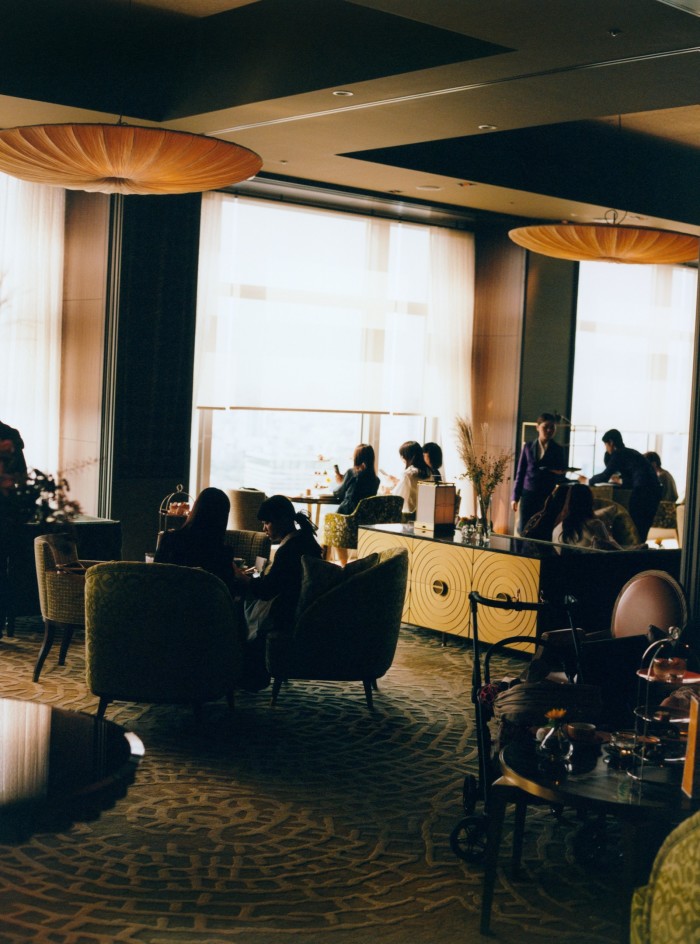



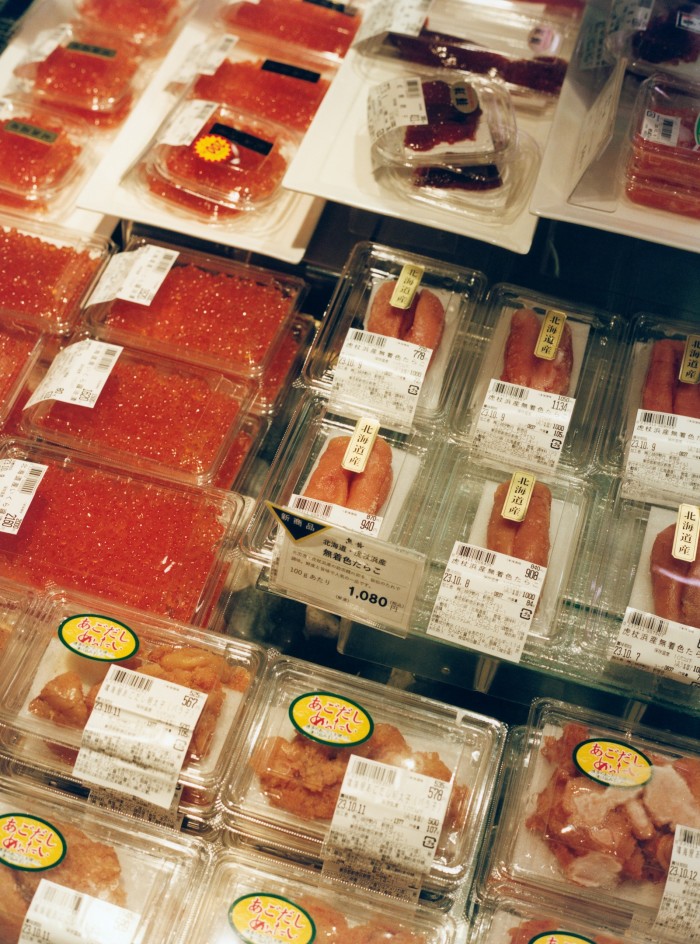



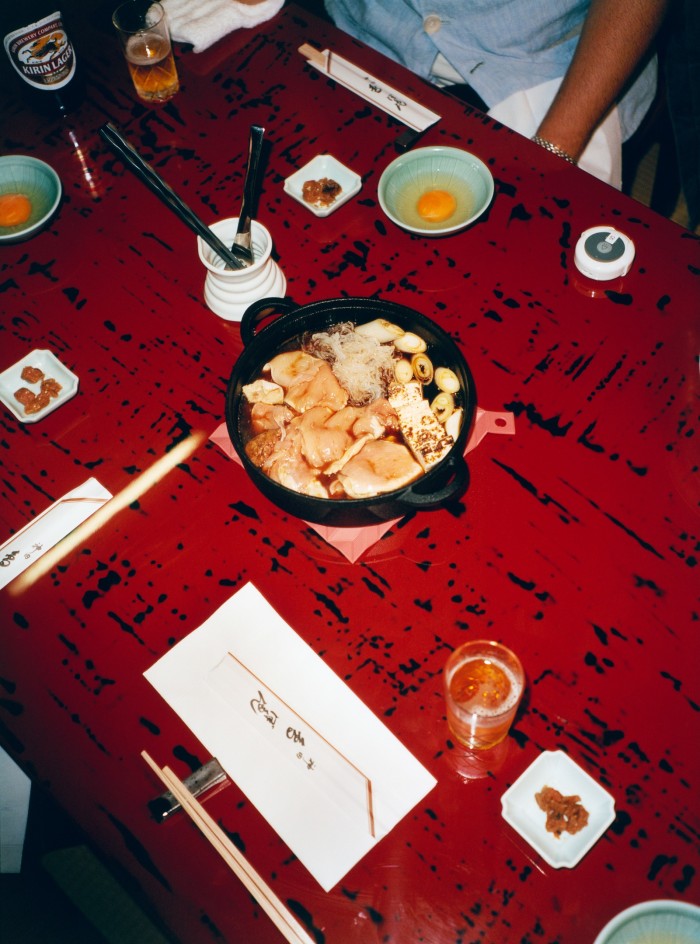



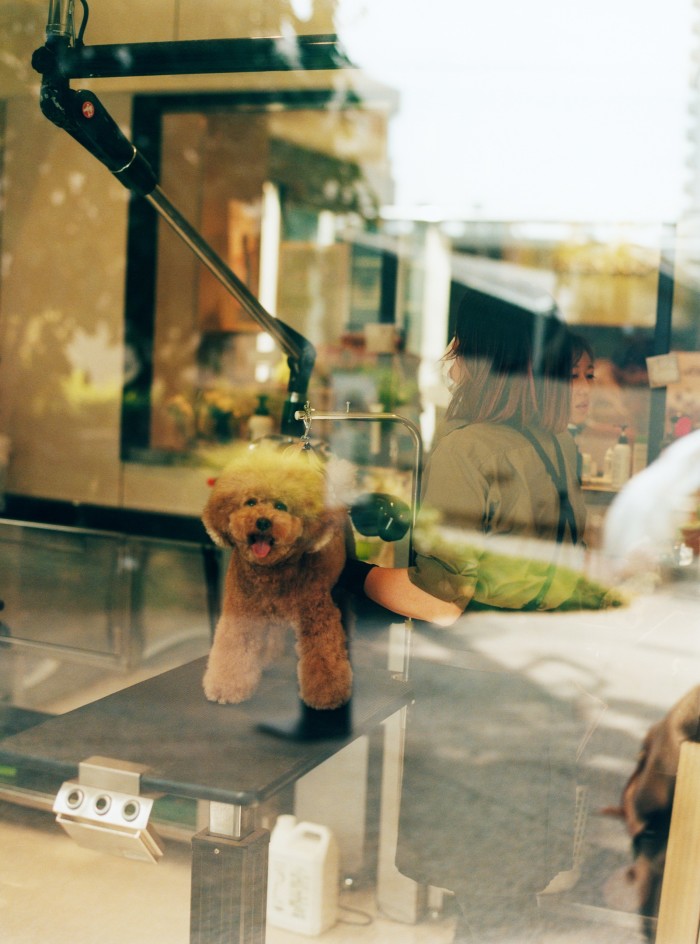



More elaborate are the sukiyaki-style restaurants, usually on the formal side, with a heated pot at the centre of your table. In the historic Botan, a hostess in a kimono pours water and a house sauce (a proprietary mixture that tastes like slightly sweet soy sauce) into a large pot. Then you add various parts of a chicken that you cook until they look about right (she stops by to help). Dip that in raw egg, and you feel the warmth of eating well in an old room.
The shopping in Tokyo is international and you’ll find the usual luxury suspects in showcase stores conceived by bold-name architects. I think the best Italian clothes are here, whether on the fifth floor at Isetan or the great Beams F; there are cult shirtmakers, soft-shouldered tailoring and terrific ties. Though if you’re above 5ft 10in you’ll be looking mostly at accessories. For the custom experience, consider Yohei Fukuda, the cult shoemaker who trained in England. He oversees a team of artisans whose work is so coveted you’ll probably get your order in 2025. There’s also the great Sartoria Ciccio, whose founder, Noriyuki Ueki, mastered his cutting skills at Sartoria Dalcuore in Naples. Now he makes beautiful Italian-inspired suits in a workshop with Bill Evans playing on the speakers.
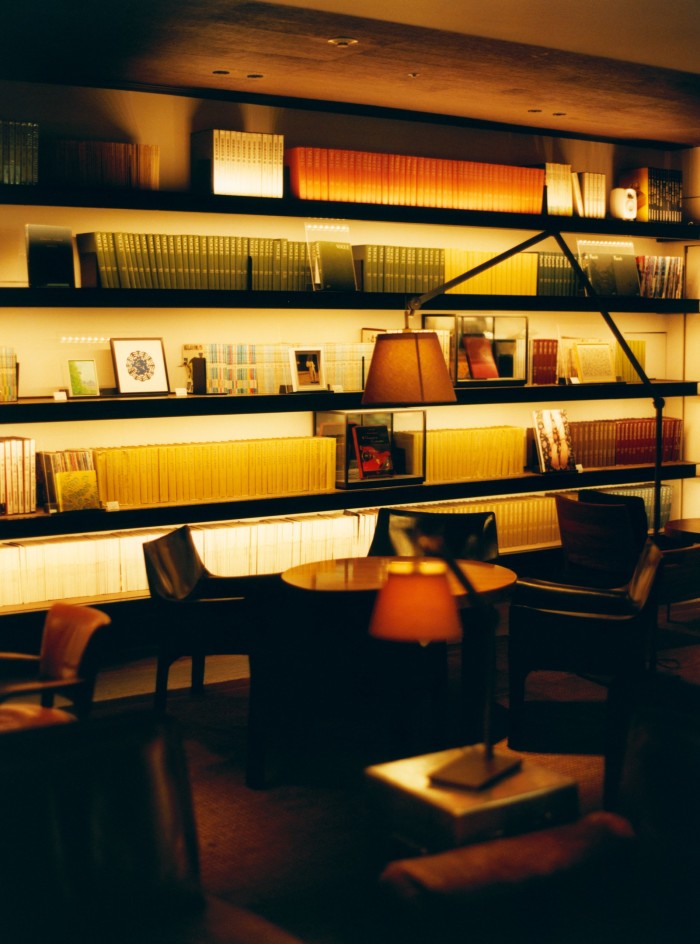



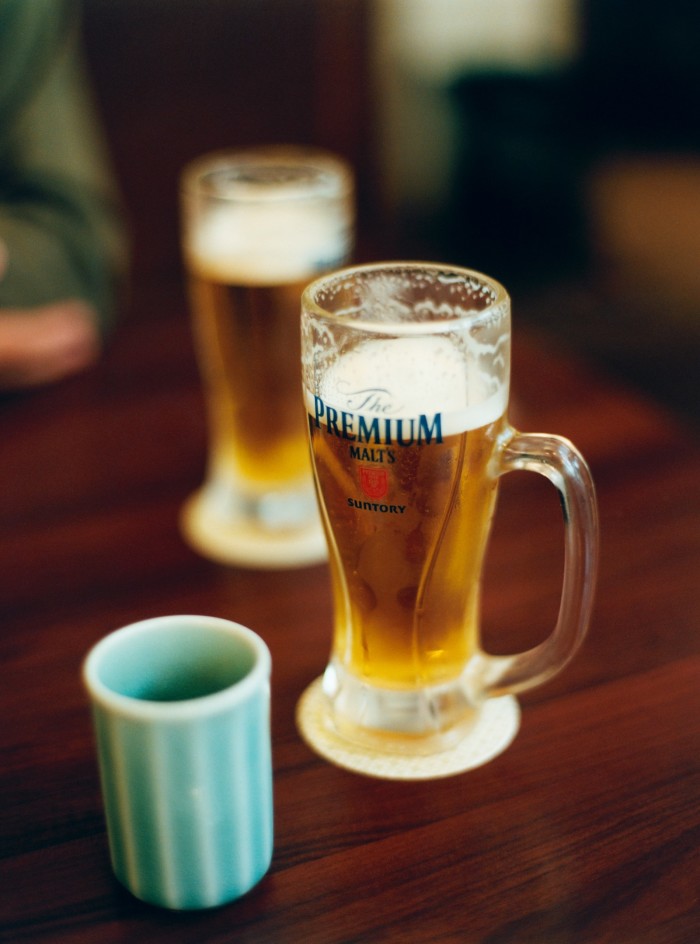



Perhaps a little escape from the intensity of all this food and commerce is in order; if so, visit the Nezu Museum. It has a small permanent collection of Asian antiquities and good visiting exhibitions; but the main attractions are the extensive gardens and outdoor buildings, plus a delightfully photogenic teahouse with lovely paths and ponds that feel like a vacation from your vacation.
When the sun goes down, the city changes character again. People meet for drinks in hotel lobbies before their night on the town. A Japanese bar is a wonderful thing. Consider Grandfather’s, one of the great record bars. This is another basement establishment where you feel like you’re lost. You go down some stairs in a bright foyer off a busy street in Shibuya, open the door and step into another time and place. A handsome older man is smoking a cigarette behind the bar in front of shelves of records. He plays jazz and rarefied 1980s pop – write a request on a slip of paper and he’ll find your favourite Talking Heads record in a second. (Smoking in Tokyo is still a factor; more bars than before are non-smoking, though some offer the dreaded cigarette chambers. You sit alone in what’s essentially a sealed phone booth, which requires a real commitment to vice.)
More formal is Bar Suzuki, up an elevator in Ginza. I never get over the excitement of going to a bar on a high floor – it’s like bar roulette. Sometimes you’re not in the money; I’ve opened a door and found a sole patron singing a duet with the bartender, and beat a quick retreat. But at Bar Suzuki, you sit at a small bar in front of a young man in a white dinner jacket who knows what to do. If you are in the mood, for whatever reason, to have a Daiquiri, then he will make you an expert Daiquiri. Japanese bartenders are excellent. They take their glassware seriously, and their ice too, which is often cut to size with what looks like a small saw, and which, this being Japan, I suspect is designed specifically for this task.
Now look for one of the old-fashioned taxis, whose seats are often covered in lace, for a ride back to the hotel. I think we did well for ourselves. Tokyo is a city to give yourself over to, and doing that every day brings something unexpected and magical. When I go to bed, I keep the blinds open. If I’m over my jet lag, I want to let the light in.
David Coggins and James Harvey-Kelly were guests of the Mandarin Oriental Tokyo; rooms from ¥120,000 (about £660) excluding taxes
This post was originally published on this site be sure to check out more of their content.


